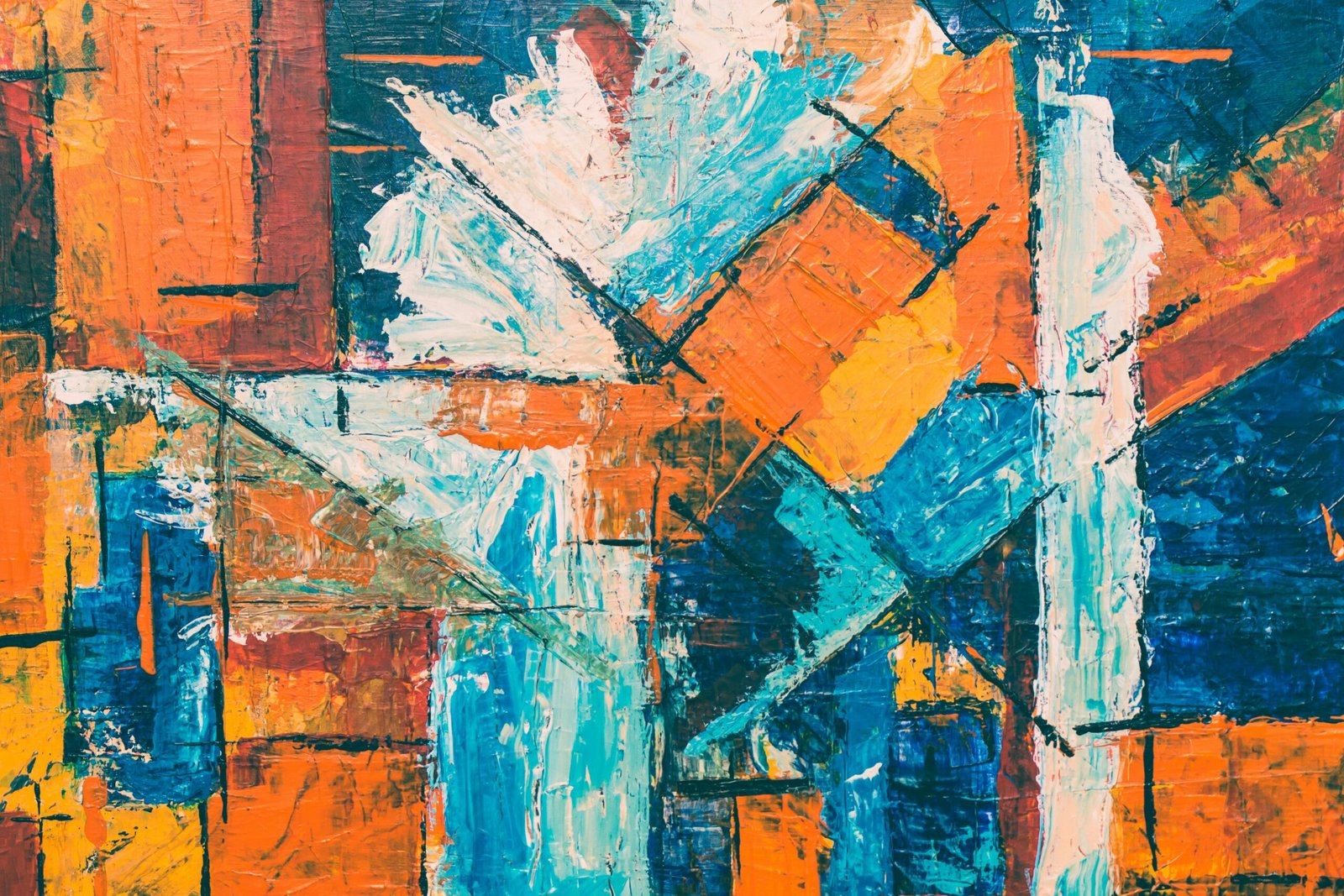Contemporary art is a vast and ever-evolving field that encompasses various forms of artistic expression. From paintings and sculptures to installations and digital art, contemporary artists push boundaries and challenge traditional notions of art. In this blog post, we will explore the power of words in transmitting the essence and meaning of contemporary art.
The Language of Art
While art is often seen as a visual medium, words play a crucial role in conveying the artist’s intention and message. Artists use titles, artist statements, and exhibition descriptions to provide context and insight into their work. These textual elements serve as a bridge between the artist and the viewer, allowing for a deeper understanding of the artwork.
The Artist’s Voice
Artists have the ability to express their thoughts, emotions, and ideas through their work. However, not all viewers can fully grasp the artist’s intent solely through visual interpretation. This is where words come into play. By using descriptive language, artists can guide the viewer’s perception and provide a narrative that enhances the overall experience of the artwork.
Curatorial Texts
Curators play a vital role in presenting and interpreting contemporary art for the public. Curatorial texts, such as wall labels and exhibition catalogs, provide valuable information about the artwork on display. These texts offer insights into the artist’s background, artistic process, and the conceptual framework behind the work. They serve as a guide for viewers, helping them navigate the complexities of contemporary art.
Critical Discourse
Words also shape the critical discourse surrounding contemporary art. Art critics, scholars, and journalists use language to analyze, interpret, and evaluate artworks. Through reviews, essays, and articles, they contribute to the ongoing dialogue about contemporary art, influencing public opinion and shaping the art world’s discourse.
Artistic Collaboration
Words not only transmit the artist’s message to the viewer but also facilitate collaboration within the art community. Artists often collaborate with writers, poets, and musicians to create interdisciplinary projects that merge different artistic forms. Through these collaborations, words become integral to the artistic process, enriching the visual experience and expanding the possibilities of contemporary art.
Art and Language
Contemporary art blurs the boundaries between different art forms, including language itself. Many artists incorporate text, typography, and language-based elements into their artwork. They explore the relationship between art and language, challenging traditional notions of communication and meaning. By intertwining words and visual imagery, these artists create a unique and thought-provoking experience for the viewer.
The Power of Interpretation
Contemporary art invites viewers to engage in interpretation and personal reflection. Words provide a framework for this process, guiding viewers towards a deeper understanding of the artwork. However, it is important to note that interpretation is subjective, and each viewer brings their own background and experiences to the artwork. Therefore, words should be seen as a starting point rather than a definitive explanation.
Conclusion
Words play a vital role in transmitting the essence and meaning of contemporary art. From the artist’s voice to curatorial texts and critical discourse, language helps bridge the gap between the artwork and the viewer. Whether through titles, artist statements, or collaborative projects, words enhance the visual experience and contribute to the ongoing dialogue about contemporary art.


Leave a Reply